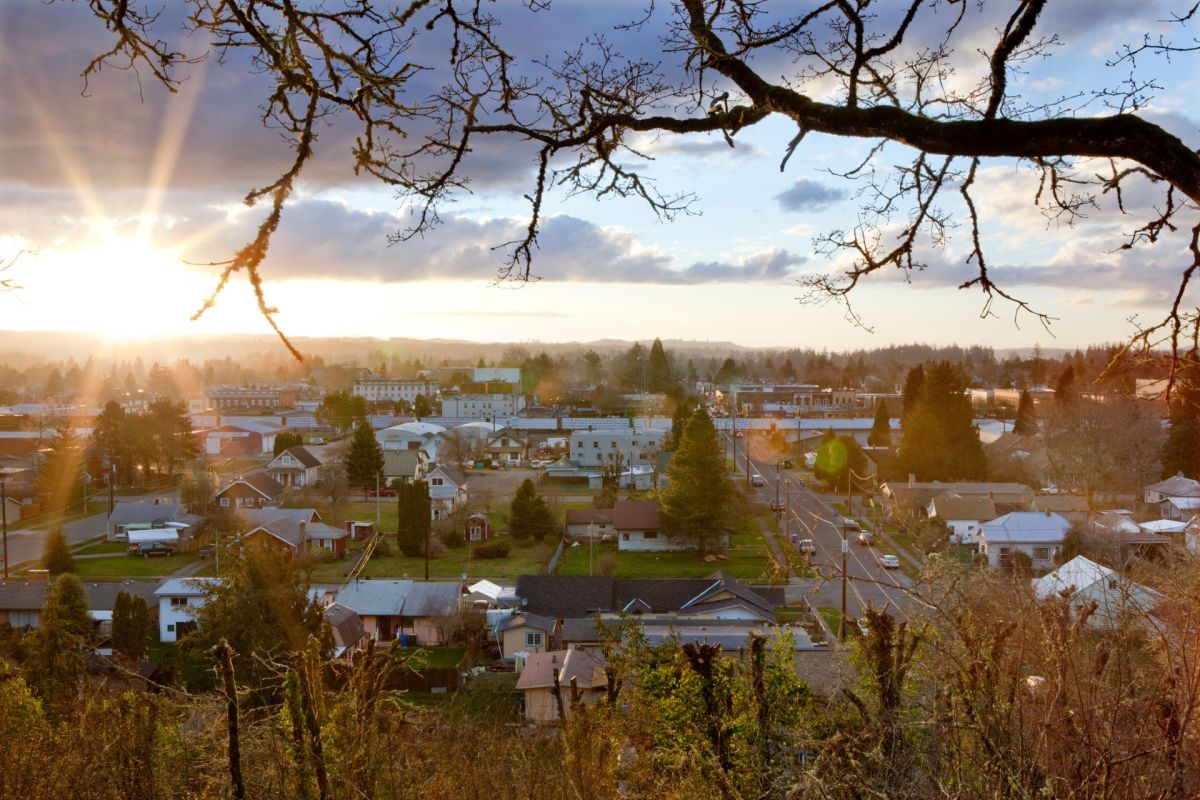One former Washington coal mining town saw a 12% increase in employment — twice the national average — when it invested in energy-efficiency initiatives following the departure of the coal industry.
Now, some are calling it a model for other coal mining towns, particularly in Appalachia, where many towns may need to undergo similar evolutions.
Centralia, Washington, had long been dependent on a coal economy. However, in 2006, its largest employer, a strip mine, closed down. This left 600 people without jobs.
Then in 2011, the state announced that the town's power plant, which employed another 300 locals, would shut down one coal-fired burner in 2020 and stop burning coal completely by 2025.
To help residents out, TransAlta Corporation, which owned the mine and power plant, struck a deal with the state and environmental groups to fund a 10-year, $55 million economic transition plan. This enabled Centralia to promote economic development and to fund weatherization and clean energy technologies.
The money was disbursed via grants beginning in 2016, resulting in 2,800 new jobs by 2019, far more than the roughly 900 lost. This was all in a community where only 24,000 jobs existed to begin with.
"Not bad for a place whose unemployment rate, prior to the implementation of the grants, hovered at about two-and-a-half percentage points higher than the national average for more than 25 years," the Ohio River Valley Institute said in a 2021 report.
Wages in Centralia also rose 50% faster than the national rate. Plus, the energy transition is saving money for residents by helping to reduce utility bills.
A number of green energy companies are now interested in setting up shop in Centralia, including Australia-based Fortescue Future Industries, which produces green hydrogen.
Meanwhile, the old mine is undergoing seasonal reclamation projects, including tree plantings — this "rewilding" is about halfway done — and former mine manager Mike Lyndon told The Seattle Times that the area has the potential to become an ecotourism site where people could camp and hike.
As more coal mines are decommissioned across the country, they are starting to see new life, including as potential sites for solar farms and geothermal energy hubs. In fact, electric vehicle company Rivian is teaming up with The Nature Conservancy and BrightNight to convert one of the country's largest coal mines into a solar farm.
Sean O'Leary, senior researcher at the Ohio River Valley Institute, called Centralia a potential model for coal towns in Appalachia.
"West Virginia, a major producer of coal and natural gas, should take a cue from Washington, a state whose energy system is dominated by hydropower but whose past featured coal," he wrote in an article for Cipher. "As we decarbonize, we must help communities in Appalachia, and fossil fuel-reliant communities everywhere, transition to cleaner resources in an equitable and affordable way."
Join our free newsletter for cool news and actionable info that makes it easy to help yourself while helping the planet.









